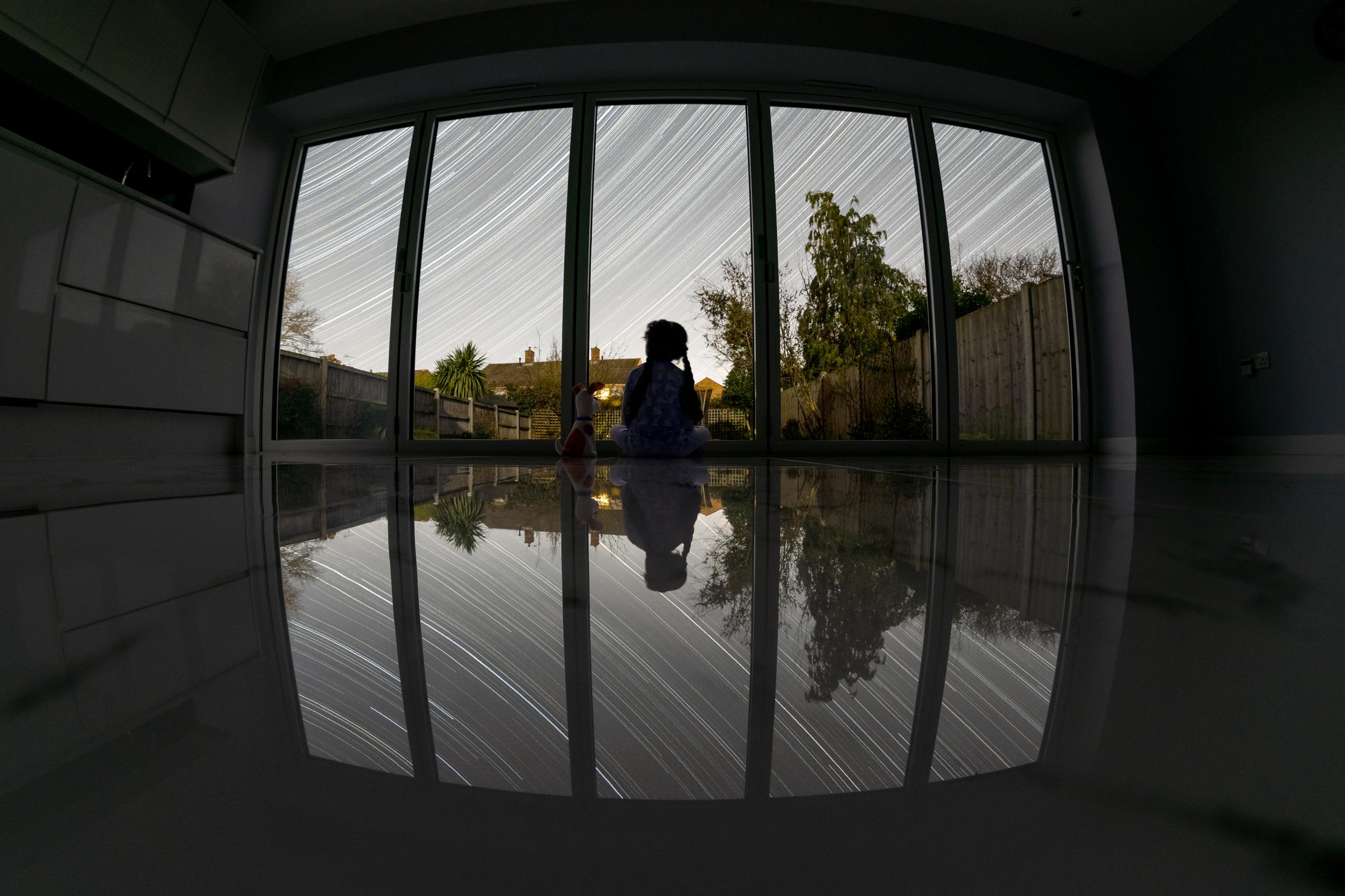Astronomy Photographer of the Year
The annual exhibition of space photography is the largest in the world, organized by the Royal Observatory Greenwich (part of the Royal Museums Greenwich). More than 100 outstanding photos will be displayed at the British National Maritime Museum each year. In 2021, which is also the 13th year of the award, more than 4,500 entries were sent from 75 countries around the world.
The awards have nine main categories and two special prizes for the best work processed from open-source data from telescopes, and for first-time entrants.
This year, due to the impact of the pandemic, the Royal Museums Greenwich has opened an online awards ceremony for everyone, whether at home or anywhere, to have the opportunity to admire the amazing works and observe the universe through extremely unique perspectives. Below are the stunning photos that were honored in 11 photography categories of The Astronomy Photographer of the Year 2021.
Our Sun
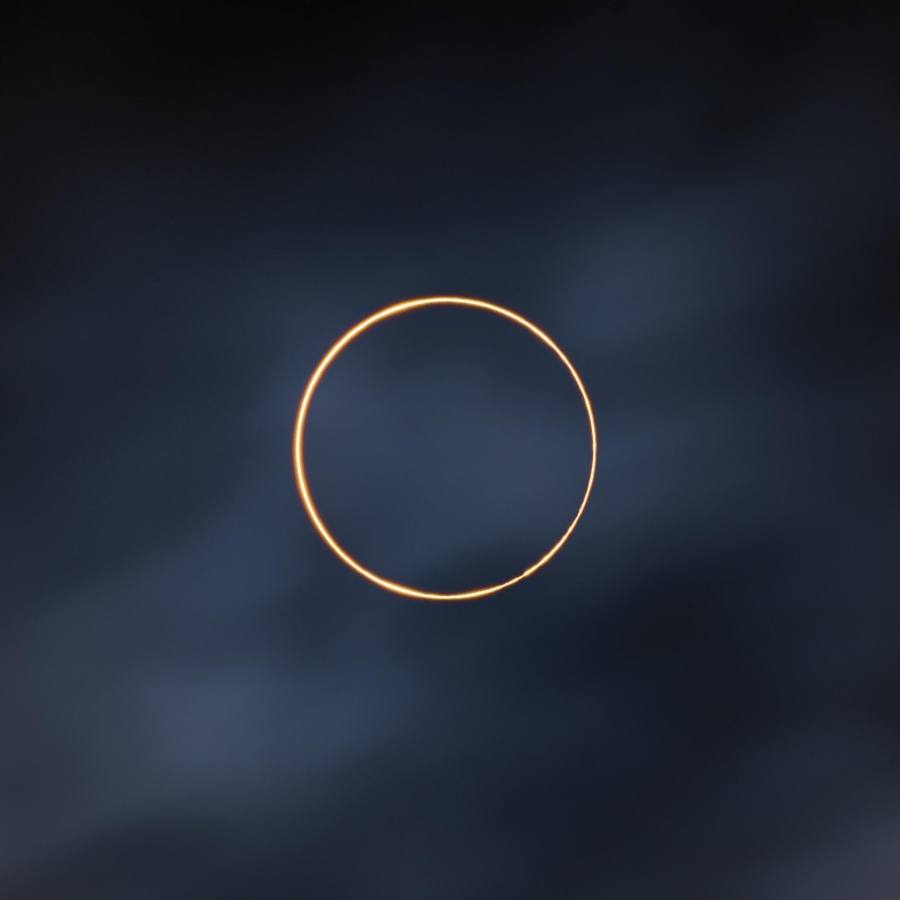
Photo "The Golden Ring" by Chinese photographer Shuchang Dong.
The winner of the Our Sun category, and the overall winner of the entire award, who has been named Astronomy Photographer of the Year 2021, has gone to Chinese photographer Shuchang Dong.
The beauty of simplicity and technical excellence in Dong’s photo won over all the judges of the competition. The photo depicts an annular solar eclipse that occurred on June 21, 2020, in Tibet, China. Laszlo Francsics, a judge of the competition, shared: “Perfection and simplicity… won this year. This is a real masterpiece.”
Photographer Shuchang Dong recalled: “This place has warm and sunny weather all year round, but before the annular eclipse, I saw dark clouds covering the sky. We waited with excitement. Within a minute of the eclipse starting, the sun's rays emerged from the clouds, creating a ring of fire, and then suddenly got sucked into the thick clouds. We were so lucky to be able to capture this moment.”
The judges praised the image for its combination of science, art and astrophotography ingenuity.
Our Moon
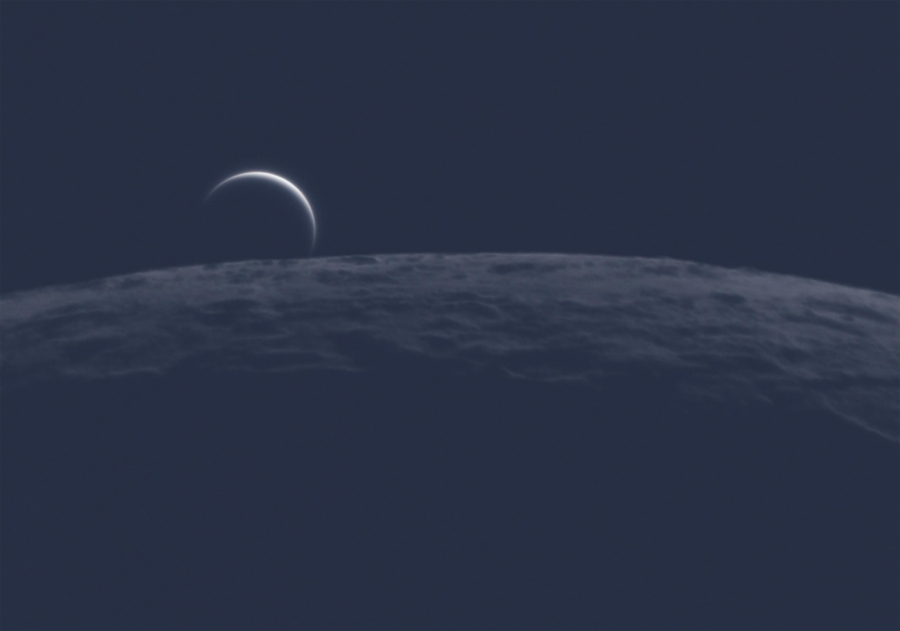
Photo "Beyond the Limb" by French photographer Nicolas Lefaudeux.
This is not an image of Earth rising above the Moon taken by an orbiting spacecraft, but an image of Venus just before it is eclipsed by the Moon, as seen from Earth in the daytime. The image was taken in France on June 19, 2020.
Aurorae (Aurora borealis)
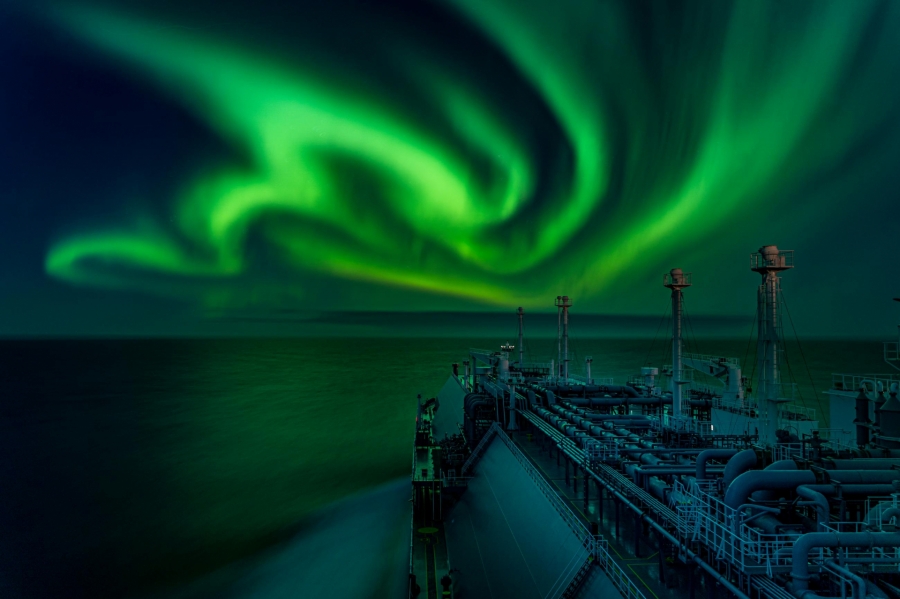
Photo “Polar Lights Dance” by Russian photographer Dmitrii Rybalka.
As a Third Officer on the watch on a ship approaching the Kara Strait on November 30, 2020, Russian photographer Dmitrii Rybalka noticed a white band of light in the sky that appeared and undulated like a snake. He had a feeling that something was about to change in the atmosphere and that something great was about to happen. So he grabbed his camera, went to the pier and started waiting. Not to be disappointed, in just a few short minutes, the sky was filled with bright green lights that curved in the darkness and illuminated almost everything in the ship’s path.
Galaxies

Photo “The Milky Ring” by Chinese photographer Zhong Wu.
A swath of cosmic dust, twinkling stars and ethereal nebulae form a beautiful circle in a distant galaxy as seen from Earth. This 360-degree mosaic took photographer Zhong Wu two years to complete, and is the result of collecting image data from the northern hemisphere of China and the southern hemisphere of New Zealand.
Stars and Nebulae
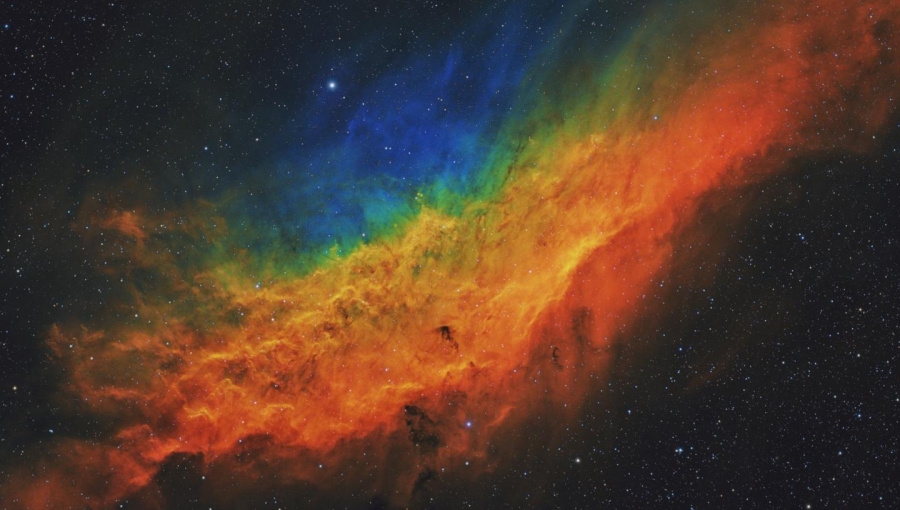
Photo “California Dreamin' NGC 1499” by American photographer Terry Hancock.
The California Nebula, also known as NGC 1499, was photographed over Whitewater, Colorado (USA) over seven nights in early 2021. This emission nebula is about 100 light-years long and about 1,000 light-years from Earth, named the California Nebula because it closely resembles the California State line.
Skyscapes
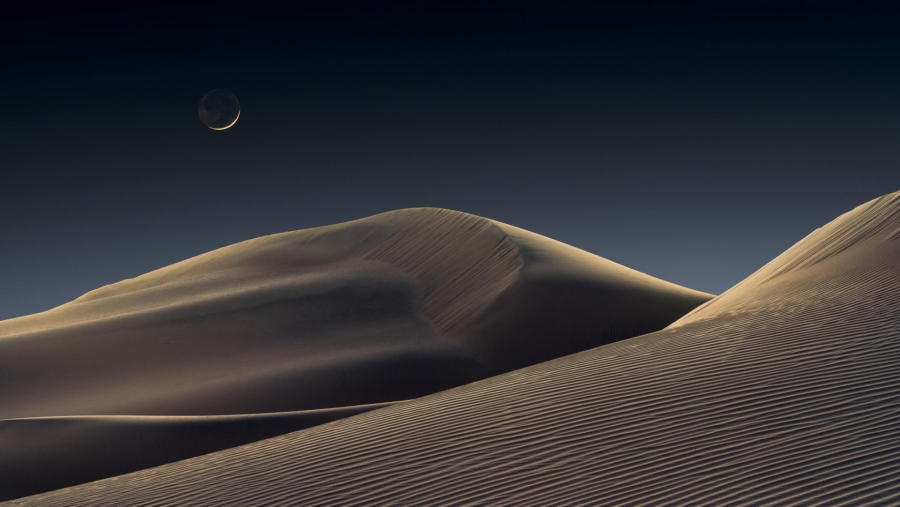
The painting "Luna Dunes" (Moon on the Sand) by American photographer Jeffrey Lovelace.
A crescent moon hovered in the quiet blue sky above the sand dunes and faded into the hazy twilight. Photographer Jeffrey Lovelace walked through the sand for a long time in Death Valley National Park in California (USA) and finally found the moment he had been waiting for.
Planets, Comets and Asteroids

The photo “A Colorful Quadrantid Meteor” by American photographer Frank Kuszaj.
Photographer Frank Kuszaj and two friends initially set up their cameras to capture distant galaxies and nebulae. However, while they were waiting, they saw a bright green meteor streak across the sky and streak past them. They were all stunned to see a fireball of a meteor before it passed through Earth. The resulting photo was a technical error as Frank Kuszaj did not zoom in, but it resulted in an incredible image that earned him the Astronomy Photographer of the Year award.
People and space

Photo “Lockdown” by British photographer Deepal Ratnayaka.
With the UK in full lockdown and travel restricted for months due to the pandemic, photographers have had no choice but to focus on their astrophotography. This image sums up 2020, constrained by certain limits but still showing a ray of hope.
Photographer Deepal Ratnayaka's six-year-old daughter was by his side during the shoot. She sat by the door, engrossed in her toy under a starry sky. The image provided the perfect opportunity for Deepal Ratnayaka to capture it, and experts have praised the message behind it.
Overall Youth Category Winner
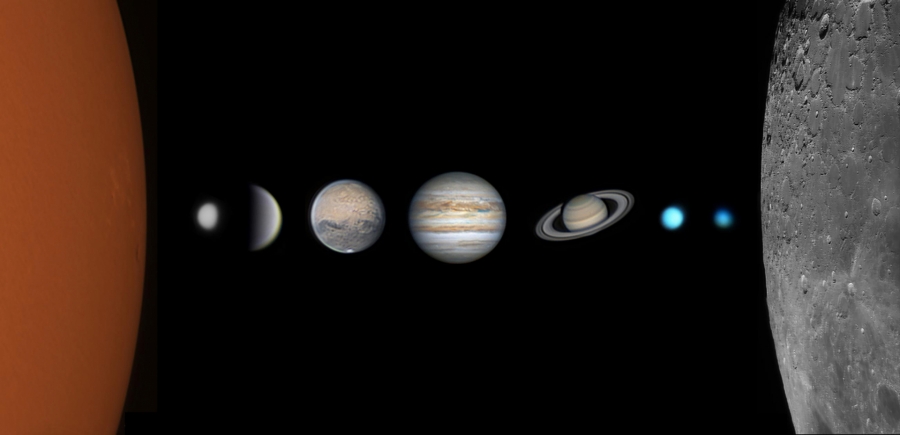
The photo “Family Photo of the Solar System” by young Chinese photographer Zhipu Wang.
The photo of the planets in the Solar System was taken in Fujian, China. Surprisingly, this work was taken by a 15-year-old boy who had only studied photography for about a year.
The Manju Mehrotra Family Trust Prize For Best Newcomer

Photo "Falcon 9 Soars Past the Moon" by American photographer Paul Eckhardt.
Four hours before the Falcon 9 rocket launched, photographer Paul Eckhardt was ready to capture the moment in Florida. Although the process was not very smooth, he finally captured the rocket flying straight into the sky and tilting slightly towards the moon.
Annie Maunder Prize for Image Innovation Joint

Photo “Another Cloudy Day on Jupiter” by Spanish photographer Sergio Diaz Ruiz.
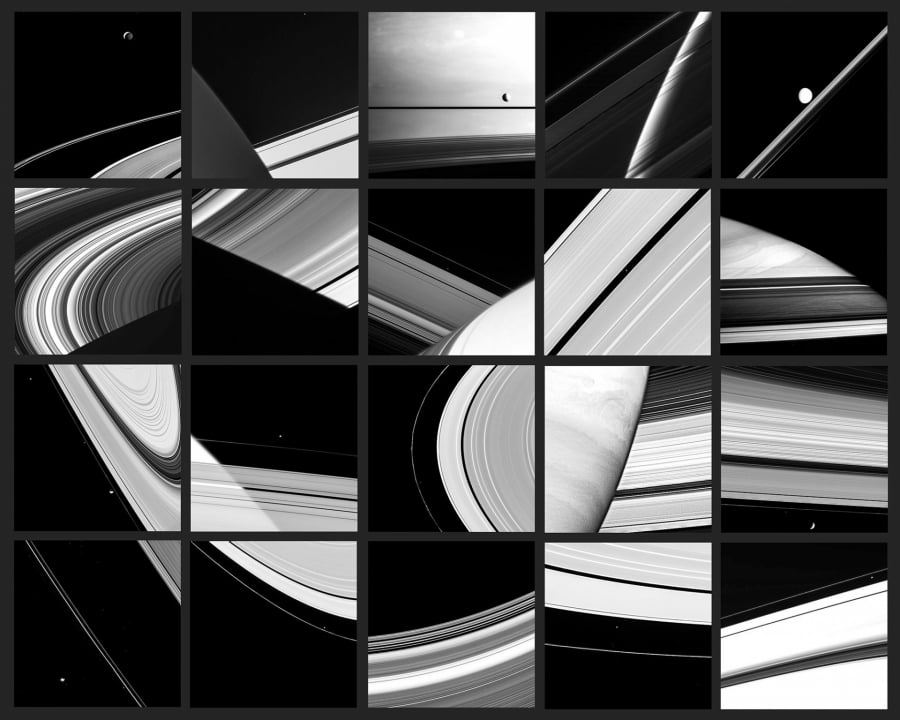
The photo “Celestial Fracture” by British photographer Leonardo Di Maggio.
The two winning entries in this category are Sergio Diaz Ruiz’s Another Cloudy Day and Leonardo Di Maggio’s Celestial Fracture. Both images showcase the best of open-source telescope data, creating a new perspective on the universe. While Another Cloudy Day depicts the clouds surrounding Jupiter, creating complex yet beautiful shapes, Celestial Fracture is a composite of several views of the Solar System formed by Saturn, its rings and moons in a color scheme often associated with science fiction.





